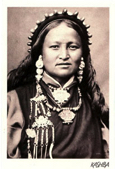Home
KASHBA Asiatica
Ais Loupatty & Ton Lankreijer
Staalstraat 6
1011 JL Amsterdam
Open 12:00 – 17:00
Zondag / Sunday 14:00 - 17:00
Contact:
31-20- 6 23 55 64
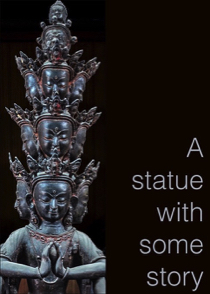
In the early 1960s, the artist Khadga Raj Shakya made four life-size figures of Avalokiteshvara using the lost-wax method.
In retrospect, it seems as if one of the four sculptures was deliberately hiding for about sixty years until the right destination presented itself.
In the meantime, however, a story did develop.
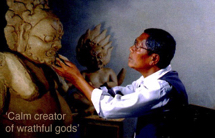
As a farmer's son, his destiny lay in the surrounding terraces. Besides, he did not belong to the traditional caste of sculptors. Nevertheless, 'the calm creator of wrathful gods' managed to give shape to his fascination for sculpting via detours. His specific style eventually found its way into temples and museums in many countries.
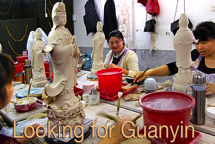
About the white porcelain – the so-called blanc de chine – and the journey to the rather unknown valley of Dehua in China.
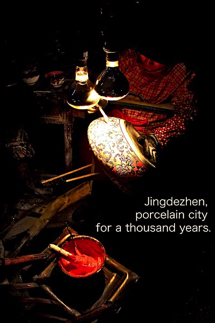
Looking for Guanyin, last November in China, we also travelled to that other, older porcelain city: Jingdezhen.
The making of traditional, artistic porcelain is fascinating to watch. It was hard to limit the number of photos here - and well, why should I.
To show how Chinese china actually is, two typical anecdotes as well:
1. about how a British diplomat's wife around 1900 is unable to control herself amidst all the imperial porcelain in the Forbidden City
2. about the party stress during the making of the service for Mao.
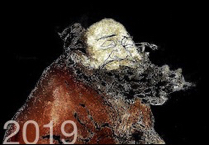
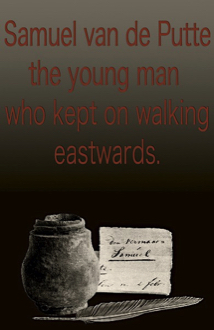
Samuel van de Putte 1690-1745
Part 1 From Zeeland to Persia (Through Italy and Egypt)
Part 2 From Persia to India (Through the deserts)
Part 3 From India to Bengal (Staying with the VOC)
Part 4 From Bengal to Nepal (Meeting Desideri)
Part 5 From Nepal to Tibet (Staying in valley of the Mallas)
Part 6 Tibet. Through the Himalayas to Lhasa (Pelgrims)
Part 7 From Lhasa to Beijing (Tibetan medicine monastery)
Part 8 From Beijing to Lhasa (Through Ladakh)
Part 9 From Tibet to India (Wartime in Delhi)
Part 10 From Bengal to Batavia (Indonesia). End.
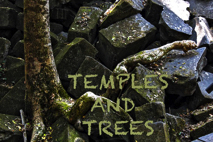
Age-old buildings and nature
unite into a beautiful landscape
full of shape and strength.
of Angkor Wat and surroundings.
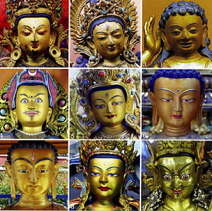
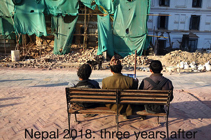
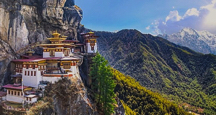
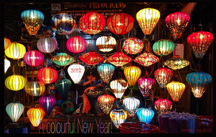
'Like a child occupied with an intricate toy for an hour; he won’t talk, he won’t make any noise, he is completely absorbed in that.'
About beauty

'I'm actually a guitarist. At least, that’s why I am here in Amsterdam for a day.’
- You’re performing here?
‘Yeah, last night, in the Ziggo Dome.’
- Don’t fit over ten thousand people...?
"Ha, yes, and sold out! But they didn't come for me.’ About fame.
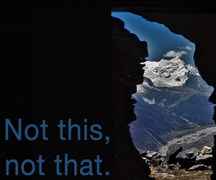
About his long stay in a cave in India I had heard from various quarters, but I still thought the story hard to believe once he sat opposite me.
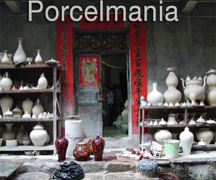
Gradually I realised that the very fragility of porcelain gives it such dignity and charm. Vulnerable as the reflection of sky-blue with clouds in a flat-lying mirror, charming as a high-heeled pencil skirt.
About Jingdezhen, Dehua, Père d’Entrecolles, Edmund de Waal, and all times
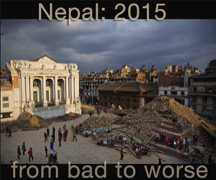
Is Nepal being incorporated as an Indian state, is a new civil war developing, how many people are at risk of dying this winter from hunger and cold due to indifferent politicians and why does the rest of the world not interfere - despite all the collected international aid for earthquake victims being stopped at the border?
Nepal 2015: from bad to worse.

Actually, I didn’t bother to think twice. When someone asked me about the actual meaning of an ancestral statue, I conveniently compared it with a family photo album.
I did not realize that in doing so I simply reduced sixty million years of evolution to a scraggy pedigree, to a piece of macramé with a miserable few genetic lines.

Actually a simple stone is the most elemental symbol of human impermanence. All chiselled texts and ornaments hitchhike for a while towards eternity but weather long before the tomb-, memorial- or prayer stone itself crumbles into stardust.
About sacred stones in India, Nepal, Tibet, China and Japan.
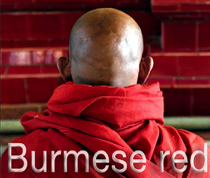
‘We do not beg!’ I overhear a novice defending himself at allegations by a tourist. ‘We ask nothing.’
Early in the morning they take to the streets. Often for a short procession, rather thinly clad and barefoot – even in the cold mountain villages. Their performance is a rehearsed discipline: walk straight, be silent, look straight ahead, and keep the pace.
Monks and military in Myanmar.
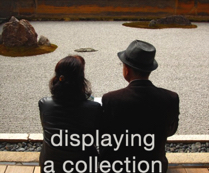
Even for the collector who considers showing to be showing off, applying order in the assortment implies situating, stacking, structuring, in short making things visible. Depending on the items, obviously: coins are very different from ceramics or vintage cars.
And then again, they are not so different.
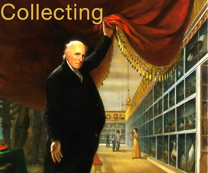
Nothing and nobody stands the test of time. But that does not necessarily make it easier to let go.
As Marcel Proust put it: ’Even when one is no longer attached to things, it’s still something to have been attached to them.’ You may still cherish a collection of ex-attachments.
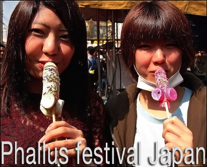
In India round is united with straight in the lingam-yoni. In Tibet, wisdom and compassion are brought together in a copulating couple: yab-yum. In the Netherlands we only recognize the physical rumble and embody this accordingly in a straight face: such things we don’t do.
About a Good Harvest Festival of Japan.

In passing, a buyer from Bombay - impetuously beautiful and modern - threw one look at the card and remarked: ‘What a graphic chaos! An Arab name, a Tibetan face, and an address in Amsterdam!’
Of course, the salty chick was right, but we, older guard, had no business card designed; our card grew, say organically, you know.
About the photograph of the Tibetan woman.
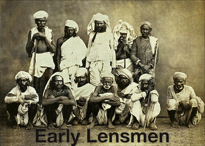
Soon after invention of photography a few cadets enthusiastically started to travel the Indian subcontinent with glass plates, a toolbox full of chemicals, a black tent and two servants.
Weren’t they rather sponsored adventurers than military spies? They certainly were the very first generation of travel photographers: the early lensmen.
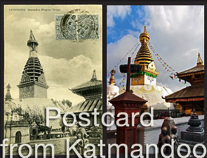
The photogravure was properly developed by the Czech Karel Klíč. German printing houses, however, managed to perfect it for lithographic reproduction. Due to their consistent quality, they were able to retain the postcard market during the first fifteen years of global collector’s mania. The majority of the seven-hundred million postcards sent in 1908 within the United States, for example, had been printed in Germany. The first postcard from Katmandoo.

‘With a fingertip you can create an effect for which ten years ago I had to juggle half a day on one leg in the darkroom. Most of the creativity depends no longer on seeing and visualizing, but on selecting the right app. Goggal app even enables you to change lenses afterwards. Whoever is still dragging heavy equipment around the neck, has got to be a retired amateur.’
Are selfies really a new phenomenon?

Nelson keeps changes out of sight. Apparently only romantic notions stimulate booksales. That is one of the reasons why his photographs are not only picturesque but actually just as misleading as the title of his project.
Why his book ‘Before they pass away’ is more than just kitsch.

Gradually I realized: if Newars currently create the finest Buddhist images in the world... if they themselves regard the old man on this clay floor as their absolute master, then… in any other country he would be world-famous.
About the making of statues in Nepal.

‘Why don’t you visit my hometown for a change?’ his colleague suggests.
- Why would I ?
‘It is very quiet and currently very green and peaceful, farmers just planted rice.’ On the hotel's reception-computer, he shows me via Google Earth at which slope of the valley it sits.
- Okay, in spite of the rain, I'll go to your village...
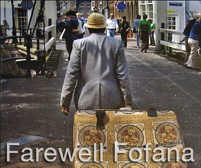
Already back in the sixties many African pedlars took to Paris-Brussels-Amsterdam to sell their antique or antique-finished beads, bronze articles and woodcarvings.
Especially in the beginning wonderful, striking characters were among them.
All photographs and texts ©Kashba Ais Loupatty & Ton Lankreijer.Webdesign:William Loupatty
